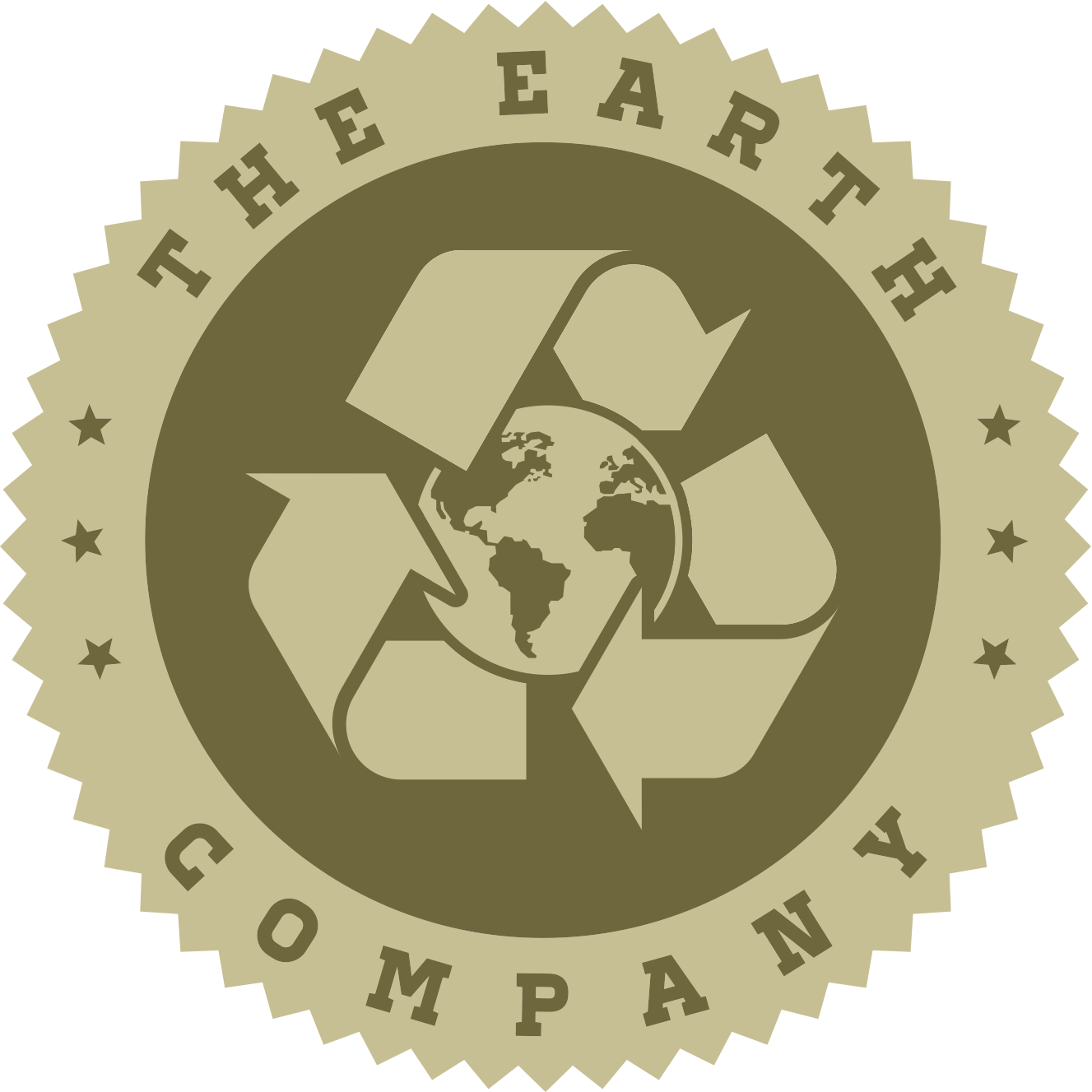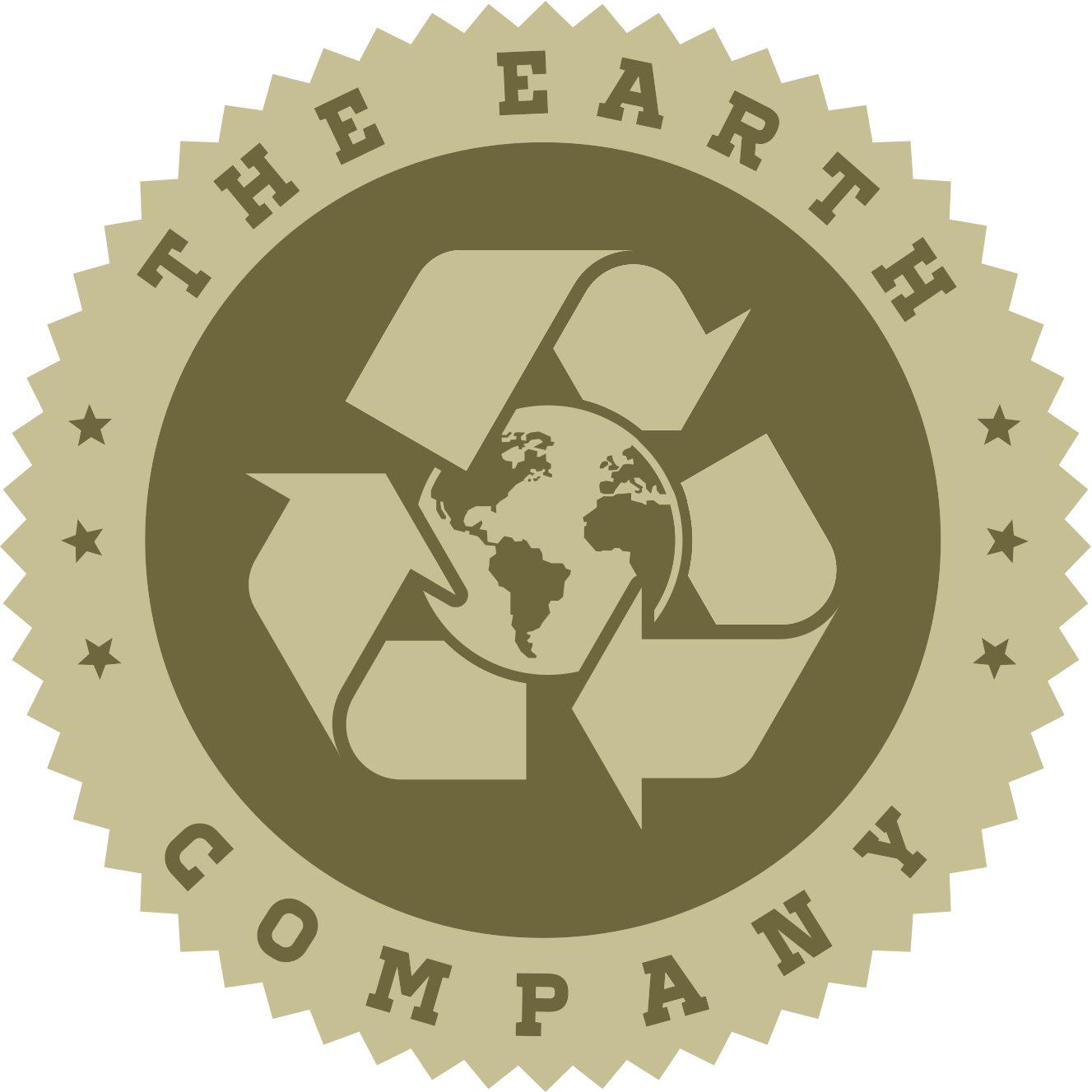 Have you ever wondered what it would feel like to walk around garbed in plastic bottles? Of course you haven’t, because that’s just a silly idea – right? Never mind the fact that, depending on just how transparent those bottles are, you might be exposing yourself to a citation for indecency. Well, fortunately, we’re not really suggesting that you wear plastic bottles. Instead, we’re talking about the type of real-world clothes that can be made from recycled plastic bottles!
Have you ever wondered what it would feel like to walk around garbed in plastic bottles? Of course you haven’t, because that’s just a silly idea – right? Never mind the fact that, depending on just how transparent those bottles are, you might be exposing yourself to a citation for indecency. Well, fortunately, we’re not really suggesting that you wear plastic bottles. Instead, we’re talking about the type of real-world clothes that can be made from recycled plastic bottles!
Here’s how that works:
-
Recycled plastic bottles are processed and crushed into tiny plastic flakes. Those flakes are then made into resin pellets that can be spun into the type of yarn used to make new clothes.
-
That yarn goes through the garment manufacturing process, being cut, sewn, and decorated just as any other clothing item would be.
-
It takes roughly ten bottles to produce enough of this yarn to create on t-shirt. Six times that number can be sufficient for a sweater. And a little more than 110 plastic bottles are all that is needed to create something as large as a sleeping bag.
Of course, you might be wondering just how comfortable these products could actually be. After all, plastic is not usually considered to be an especially soft surface material when it comes to your sense of touch. Because this resin is spun into polyester, however, it has that same soft feel that all polyester products are capable of achieving when they are made with care.
And if you’re trying to figure out why you should care about all of this, the answer is simple: we throw out millions of tons of plastic bottles each year. In fact, the United States currently recycles only about thirty percent of its plastic containers. The remainder ends up in landfills, our oceans and other waterways, or worse. This reclamation method is an opportunity for manufacturers and consumers to work together to help reduce that waste and preserve the planet.
 And while some critics have pointed out that current legal regimes prevent these “plastic” garments from being converted back into plastic bottles at the end of their life cycles (health regulations forbid recycled plastic from being used with food or drink items), there are companies already moving to deal with that apparent crack in what would otherwise be a closed loop recycling solution. Their plan is to collect discarded recycled plastic garments and turn them into new shirts – ensuring that their recycled lives don’t end after one short cycle of service.
And while some critics have pointed out that current legal regimes prevent these “plastic” garments from being converted back into plastic bottles at the end of their life cycles (health regulations forbid recycled plastic from being used with food or drink items), there are companies already moving to deal with that apparent crack in what would otherwise be a closed loop recycling solution. Their plan is to collect discarded recycled plastic garments and turn them into new shirts – ensuring that their recycled lives don’t end after one short cycle of service.
While this might not seem like the perfect solution to dealing with the world’s supply of used plastic bottles, it is a novel one that is gaining traction with each passing day. At the Earth Company, we applaud the ingenuity and commitment to sustainable living that these types of companies exhibit. We’re also sure that new technological innovations will continue to aid all of us as we continue to look for new and creative ways to make recycling even more beneficial for everyone on the planet.



